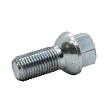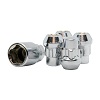Car technical inspection – everything you need to know about mandatory inspection and the consequences of missing it
Every driver knows that a car requires regular inspections, but not everyone realizes the crucial importance of a roadworthiness inspection . It's not just a formality, but a legal obligation and the foundation of road safety . During an inspection, the technician checks key vehicle components—from the braking system and lighting to exhaust emissions—to ensure the car doesn't pose a threat to the driver or other road users. A roadworthiness inspection is also a crucial element of environmental protection, eliminating vehicles emitting excessive amounts of pollutants from the road.
Many drivers wonder: is an inspection mandatory and what are the consequences? The answer is unequivocal – yes, and missing one can mean serious legal and financial problems, from hefty fines to having your vehicle registration certificate confiscated. This article provides a comprehensive guide : we'll explain the difference between an inspection and a test, present the procedures and costs, suggest how to prepare your car for an inspection, and discuss the consequences of missing a valid inspection and how to easily check its validity.
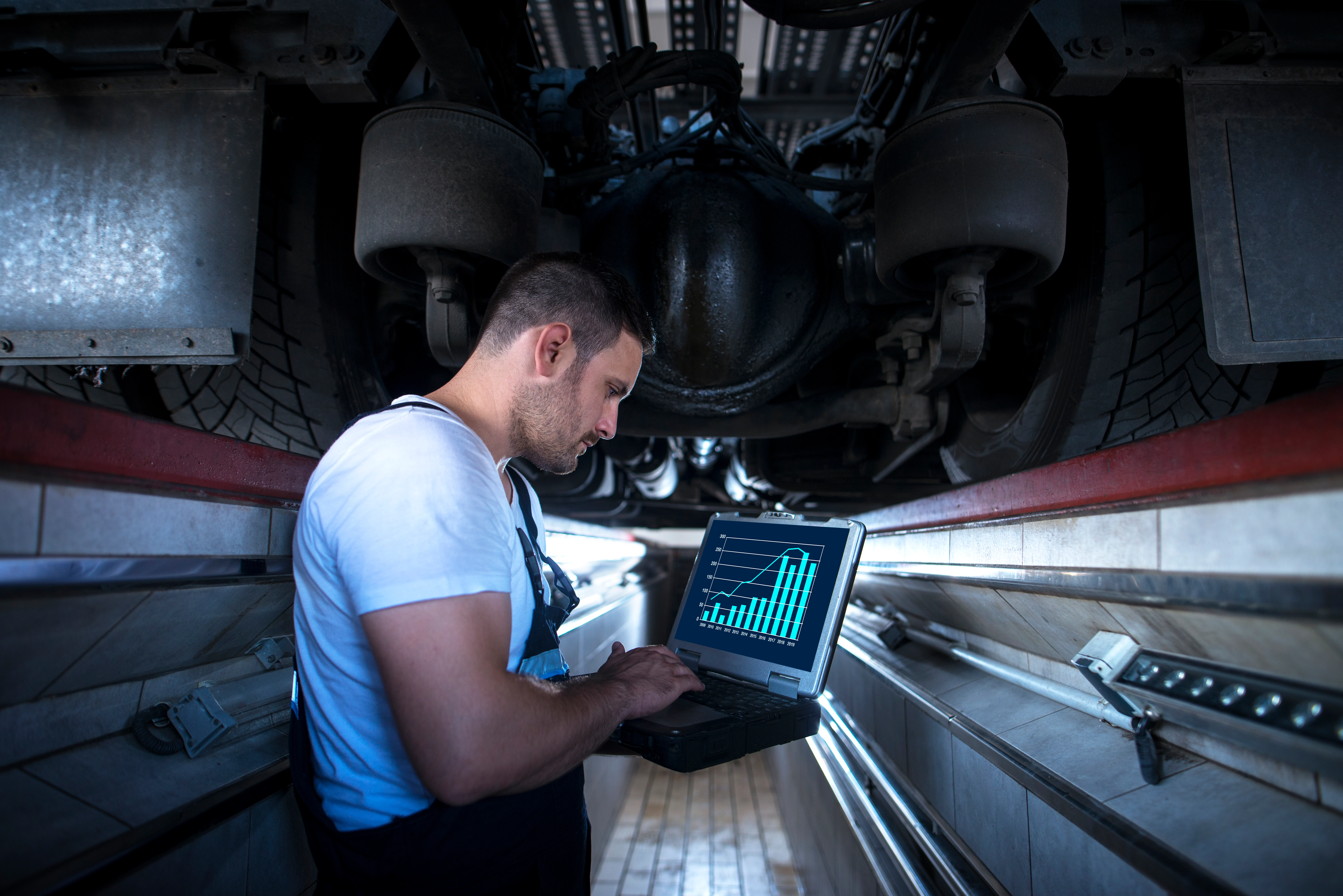
What is a vehicle inspection? – Definition and purpose
In everyday car use, it's easy to forget that it's not just about driving comfort, but above all, safety. Technical inspections are a key tool to ensure that vehicles used on public roads are roadworthy and meet legal requirements.
Characteristics and purpose of technical inspection
A technical inspection is a formal inspection process during which a diagnostician checks the vehicle's condition in terms of:
- compliance with legal provisions,
- road safety requirements,
- applicable exhaust emission standards.
In practice, this means that the diagnostician checks key vehicle components, including the braking system, suspension, lighting, and tires. These components determine whether the vehicle is fit for continued use.
Tests are performed exclusively at vehicle inspection stations (VAT) that hold the appropriate authorizations issued by the Ministry of Infrastructure. This ensures that the procedure is carried out according to standardized rules. Therefore, a technical inspection is not an arbitrary workshop service, but a mandatory and strictly regulated inspection, the results of which have direct legal consequences.
What is the difference between a periodic car inspection and a technical inspection?
Many drivers use the terms " vehicle inspection " and " technical inspection " interchangeably, which leads to confusion. In reality, they are two different concepts:
- Technical inspection (MOT) – a mandatory inspection performed at a vehicle inspection station, which determines whether a vehicle is roadworthy. Without a positive result, the vehicle's registration certificate expires and it cannot legally be driven on the road.
- A periodic vehicle inspection (service) is a manufacturer-recommended visit to a workshop to change the oil, filters, operating fluids, and check the condition of components. While important for the vehicle's service life, it has no legal force and does not replace a technical inspection.
In summary, when caring for your car, it's worth combining both types of inspections. A technical inspection is a legal requirement, while a regular car inspection is an investment in reliability and lower repair costs in the future.
When is a technical inspection required? – Deadlines and rules
Every driver must remember that technical inspections are not optional – their deadlines are clearly defined by law. This system ensures that no faulty vehicles are on the road, and drivers have constant control over the technical condition of their vehicles.
Test schedule for passenger cars and motorcycles
The most important rule that every vehicle owner should know is the so-called "3-2-1" rule:
- first inspection – 3 years after the first registration of a new car or motorcycle,
- second examination – 2 years after the first,
- each subsequent examination – every 1 year.
This system applies to standard passenger cars and motorcycles. However, there are exceptions that require more frequent inspections. These include:
- cars with LPG or CNG installations,
- vehicles used as taxis or for commercial transport,
- emergency vehicles (e.g. ambulances).
In their case, a technical inspection must be performed annually, starting from the first day of operation. This provides additional security, as these vehicles are used more intensively and require more frequent technical inspections.
This helps drivers avoid situations where their car could pose a hazard on the road. If you're wondering when your car needs to be inspected, simply check the section in your vehicle registration certificate – the next inspection date is always listed there.
How much earlier and how much later can a technical inspection be done?
Starting in 2022, a new convenience for drivers has been introduced: you can have your MOT inspection performed up to 30 days earlier than the due date indicated on your vehicle registration certificate. Importantly, you don't lose any days – the inspection validity period is counted from the original date. For example, if your MOT expires on July 10th and you have it done on June 15th, the next due date will still be July 10th of the following year.
What if the driver is late for the inspection? Technical inspections can technically be delayed , but this carries the risk of serious consequences. The police or the Road Traffic Inspection Service (ITD) may issue a fine and confiscate the vehicle's registration certificate. Furthermore, in the event of an accident, the insurer has the right to refuse compensation, deeming the vehicle was operated illegally.
That's why it's best to plan your inspection in advance. If you're wondering how far in advance you can have your car inspected , the answer is: up to 30 days before the due date – a safe margin that eliminates the risk of forgetting and penalties.
What should you take to a technical inspection and how should you prepare?
A well-prepared driver saves stress, and the diagnostician can efficiently conduct the inspection. Many people wonder what to bring to an inspection and how to ensure their car passes the inspection without a problem. Below, you'll find a practical guide that answers both of these questions.
Necessary documents – what does a diagnostician need?
To perform a technical inspection, you'll need documents to identify your vehicle. The most important are:
- The registration certificate is a basic document that every driver should carry when going to a vehicle inspection station. It contains the information necessary to conduct the inspection.
- Receipt of seizure of the registration certificate – if the police have seized the registration certificate, the inspection can be performed on the basis of a special certificate issued during the inspection.
- Temporary permit – in the case of a new vehicle that does not yet have permanent identification, the diagnostician relies on a temporary document.
- Documents regarding LPG/CNG installations – if the car has gas, you must present a certificate from the Transport Technical Inspection (TDT) or the approval of the gas cylinder.
Drivers often ask: do they need to have their vehicle registration certificate at an inspection , even though their vehicle's data is listed in the CEPiK system? The answer is yes – it's a formal requirement. The diagnostician must have the document to correctly complete the data and issue the certificate.
How to prepare your car to pass the inspection?
Although the diagnostician is required to check all key systems, the driver should perform a basic vehicle inspection before visiting the service station. This significantly reduces the risk of a negative test result.
What should you pay special attention to?
- Lighting – all lights (low beam, high beam, turn signals, brake, reversing, fog lights) must be working.
- Tyre condition – minimum tread depth is 1.6 mm; tyres must not have cracks or bulges.
- Windows and mirrors – the windscreen must not be cracked in the driver’s field of vision, and the mirrors must be complete and functional.
- Safety system – seat belts must function properly, the horn must sound, and airbags must not be deactivated by errors.
- Fluid condition – it is worth checking the oil, coolant, brake and washer fluid levels.
- Suspension and brakes – no excessive play, proper operation of the handbrake and footbrake.
Additional tip: It's a good idea to wash your car before the inspection —especially the area where the VIN is stamped. A clean car makes the diagnostician's job easier and speeds up the entire process.
This preparation increases the chances of passing the inspection quickly and successfully. If you're wondering how to prepare your car for an MOT , the answer is: take care of the basics and you'll avoid unpleasant surprises and the need for a second visit to the inspection station.
What does a technical inspection look like in practice? – Inspection stages
For many drivers, a visit to a vehicle inspection station (VAT) can be stressful because they don't know exactly what they're checking for . However, the entire procedure is clearly defined by regulations and follows a set pattern. This means that every technician checks the same elements, and drivers can be assured that the inspection is thorough and objective.
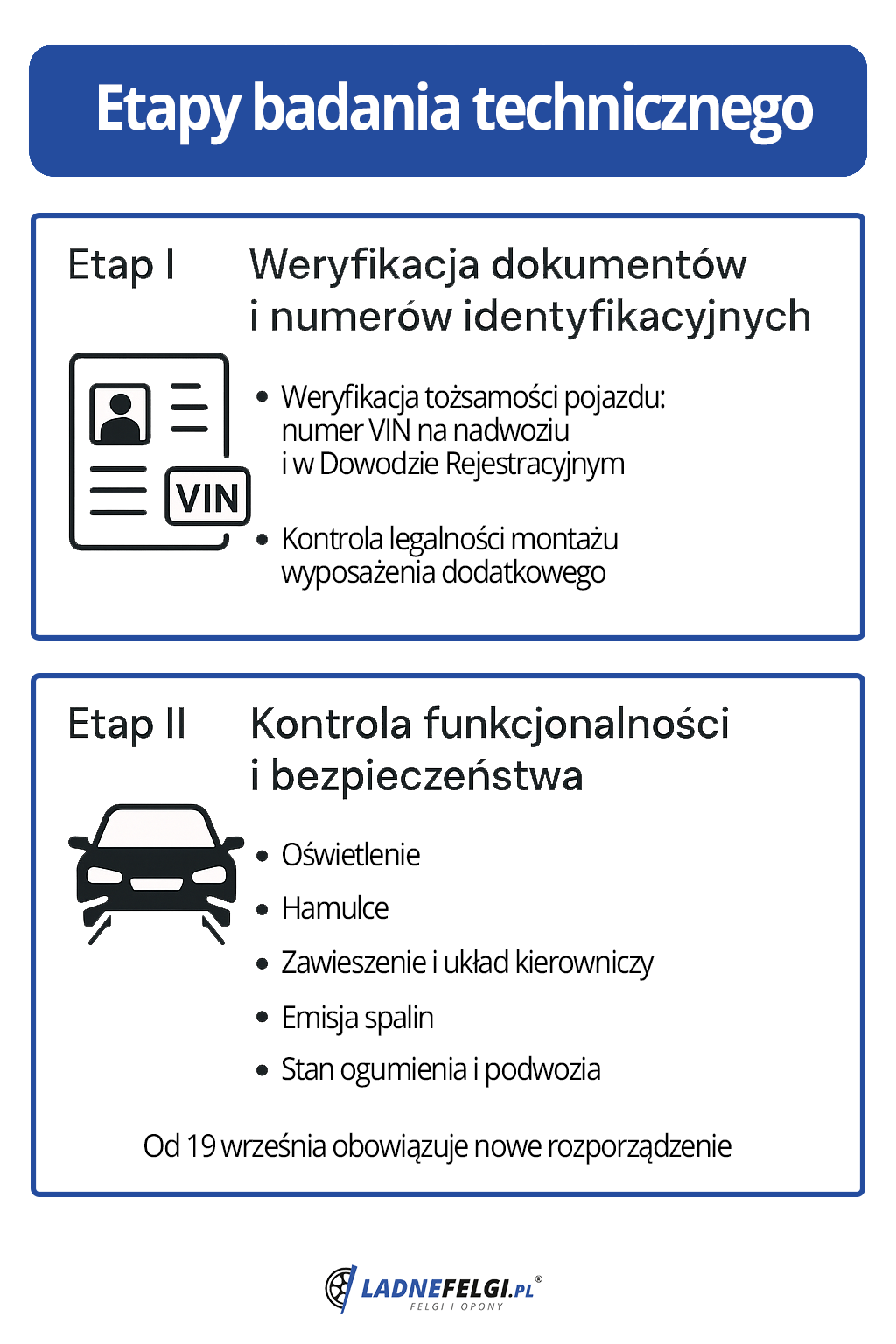
Stage I: Verification of documents and identification numbers
The first step is to verify the vehicle's identity . The diagnostician checks the VIN (Vehicle Identification Number), which is located in several places on the bodywork – for example, on the windshield, pillar, trunk floor, or on a special identification plate. This number must match the one entered in the vehicle's registration certificate or temporary permit.
If the vehicle has additional equipment, such as an LPG system , the diagnostician checks whether it was legally installed and has the appropriate approval documents. This is a key element – lack of required documentation may result in a negative test result.
This step is relatively quick, but essential to confirming that the vehicle being inspected is the same one listed in the documents. It's the foundation for the rest of the procedure and answers many drivers' questions about the formal aspects of a car inspection .
Stage II: Functionality and security check
After verifying the documents, the diagnostician moves on to the most important part of the examination: checking the vehicle's functionality and safety . Here, all systems that directly impact road safety are examined:
- Lighting – all lights are checked: low beam, high beam, parking, brake, turn signals, hazard warning, reversing, and fog lights. The diagnostician also checks the correct headlight alignment, which is crucial for nighttime visibility.
- Brakes – the car is placed on specialized rollers, where braking effectiveness and uniformity are measured. The foot (service) brake, hand (emergency) brake, and front and rear axle brakes are checked.
- Suspension and steering – checks for any looseness that could impair vehicle handling and increase the risk of accidents. The diagnostician uses special equipment that simulates suspension loads.
- Exhaust emissions – Exhaust gas analysis is performed on gasoline vehicles, and smoke opacity is measured on diesel vehicles. The functioning of the catalytic converter and DPF filter are also checked. This is a key step for environmental protection.
- Tire and chassis condition – checks for minimum tread depth, even tire wear, and the absence of cracks and bulges. The diagnostician also inspects the chassis, looking for signs of corrosion, fluid leaks, or structural damage.
The entire procedure usually takes 15 to 30 minutes, which is why drivers often ask: "How long does a car inspection take ?" The answer is short, but long enough to accurately assess the vehicle's technical condition.
The inspection concludes with an entry in the CEPiK system and a relevant stamp in the vehicle registration certificate or the issuance of a certificate. If the vehicle fails the inspection, the driver is required to repair the defects and repeat the inspection.
Can a car fail the inspection? – Diagnostician's decisions
Not every inspection results in a positive result and a stamp in the vehicle's registration certificate. The outcome of the technical inspection depends on the vehicle's condition and any defects detected during the inspection.
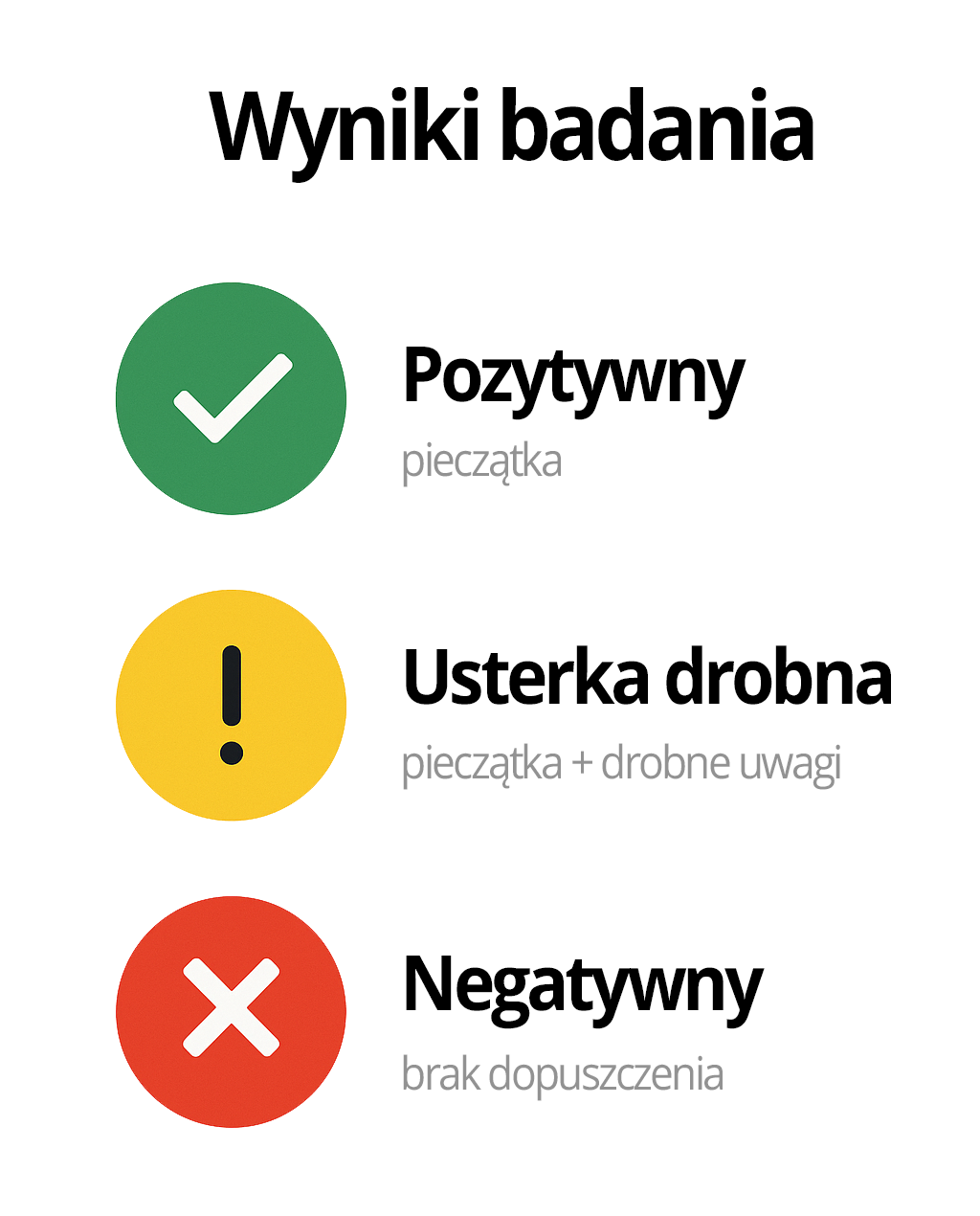
Technical inspection results – N, P, I (Negative, Positive, Identification)
Each visit to the SKP ends with one of three possible markings:
- I – Identification / Positive : the vehicle is fully operational, no faults were found. The diagnostician issues a certificate and a stamp appears in the registration certificate.
- P – Minor Defect (Conditional Pass) : Irregularities detected that do not significantly impact safety or environmental protection (e.g., damaged engine cover). The vehicle passes inspection, but the owner should have the defect rectified.
- N – Negative : serious problems were found that prevented the vehicle from being roadworthy.
The most common causes of a negative result are:
- missing or faulty lighting,
- ineffective brakes,
- excessive exhaust emissions,
- large play in the suspension,
- cracks in the windows in the driver's field of vision,
- worn or damaged tires.
If the N marking is applied, the owner has 14 days to repair the defects and return to the inspection center. If the problems are repaired within this time, the next inspection will cover only the components previously identified as faulty.
Significant and insignificant faults – what causes the lack of a stamp?
The diagnostician classifies faults according to their impact on safety and the environment. Three categories are distinguished:
- Minor defects are for informational purposes only, such as a missing fire extinguisher or a faulty license plate light. They do not affect the vehicle's roadworthiness.
- Significant faults – these may impact driving safety, such as excessive brake pad wear or play in the steering system. In such cases, the diagnostician may refuse to issue a MOT, and the driver must correct the problem.
- Very serious faults – they cause the vehicle to be immediately immobilized, as further driving is dangerous. These could include, for example, a lack of effective braking or serious suspension damage.
In practice, this means that not every defect results in a ban on using the car, but only a technically sound vehicle receives a valid inspection.
Vehicle technical inspection – price and location
A mandatory MOT is not only a legal requirement but also an expense that every car owner must factor into their operating costs. It's important to know exactly how much the inspection costs and where it can be performed to avoid misunderstandings.
Fixed fees – how much does an inspection cost?
Unlike garage services, the prices for technical inspections are set centrally and uniform throughout Poland. This means that regardless of whether you have your inspection performed in a large city or a small town, you will pay the same. The current rates are as follows:
New fees for vehicle technical inspections
(valid from 19 September 2025 in accordance with the new regulation)
| Vehicle type | Fee (PLN) |
|---|---|
| Motorcycle, agricultural tractor | 94 PLN |
| Passenger car / bus ≤ 15 people / truck and special vehicle up to 3.5 t GVW | 149 PLN |
| Truck and special vehicle/tractor unit from 3.5 to 16 t GVW | 234 PLN |
| Truck and special vehicle/tractor unit over 16 t GVW | 269 PLN |
| Bus > 15 people | 304 PLN |
| Agricultural truck trailer up to 1.5 t GVW | 61 PLN |
| Agricultural truck trailer over 1.5 t to 6 t GVW | 76 PLN |
| Agricultural truck trailer over 6 t GVW | 107 PLN |
| Truck and special trailer/semi-trailer up to 3.5 t GVW | 119 PLN |
| Truck and special trailer/semi-trailer over 3.5 t up to 16 t GVW | 249 PLN |
| Truck and special trailer/semi-trailer over 16 t GVW | 270 PLN |
| Vehicle adapted to run on gas (additional test) | +96 PLN |
| Moped | 76 PLN |
| Tram - motor car | 504 PLN |
| Tram – articulated car | 604 PLN |
| Tram - trailer car in operation | 382 PLN |
| Tram – passive trailer car | 168 PLN |
| Trolleybus - electrical tests | 175 PLN |
Source: JOURNAL OF LAWS OF THE REPUBLIC OF POLAND
If the diagnostician detects any faults and the vehicle fails, a re-test is required after the fault is repaired. The fee in this case only covers the verification of the repaired vehicle part. For example:
- checking the lights – PLN 14 ,
- brake inspection – PLN 20 ,
- wheel alignment check – PLN 36 .
It's worth noting that the double-fee rule for late testing no longer applies. Even if the deadline is missed, the cost remains the same as for tests performed on time.
Where should periodic vehicle technical inspections be carried out?
Periodic vehicle inspections are performed only at authorized stations. There are two types of inspection points:
- Basic Vehicle Inspection Stations (PSKP) – can inspect most passenger cars, motorcycles and trailers, provided they do not have specific technical requirements.
- District Vehicle Inspection Stations (OSKP) – are equipped with more advanced equipment and have broader authorizations, including to inspect trucks, buses and vehicles with special installations.
There is no obligation to have the inspection performed at the station assigned to your place of residence. The inspection can be performed at any service station in Poland, provided that the station is authorized to inspect the specific type of vehicle.
Lack of technical inspection, or what are the consequences of not having an inspection?
Failure to obtain a valid MOT is a serious violation of the law, which can have financial and legal consequences, and in extreme cases, even insurance implications. Even if the vehicle appears to be in good working order, driving without a current registration certificate poses a significant risk to the vehicle owner.
Fines and confiscation of registration certificates
The primary consequence of driving without an inspection is a fine. Currently, the penalty for failing to inspect a vehicle can be up to PLN 3,000 , depending on the type of vehicle and the severity of the violation. During an inspection, the police or the Road Transport Inspectorate (ITD) can immediately check the validity of the inspection in the CEPiK system.
If the deadline is exceeded, the officer has the right to retain the electronic registration certificate. In practice, this means that the document remains recorded as retained in the CEPiK database, and the driver receives a receipt that allows the vehicle to be driven for a maximum of seven days – solely for the purpose of commuting to a vehicle inspection station.
The lack of a current stamp in the registration certificate during a roadside inspection always results in a fine and formal immobilization of the vehicle until the inspection is completed.
Insurance consequences in the event of an accident
The financial consequences associated with insurance can be even more serious. If a collision or accident occurs due to a vehicle without a current MOT, the insurer may initiate a so-called insurance recourse .
This means that the insurance company or the Insurance Guarantee Fund ( UFG ) will pay compensation to the injured party but will then demand repayment from the perpetrator. In practice, the driver may be charged tens or even hundreds of thousands of zlotys.
Equally important are the issues related to comprehensive insurance policies. A lack of an inspection is one of the most common arguments insurers use to deny coverage under comprehensive insurance. Comprehensive insurance policies stipulate that the vehicle must be maintained in proper technical condition – the lack of a current inspection is grounds for denial of a claim.
To summarize: what are the consequences of not having your vehicle inspected? High fines, confiscation of your registration certificate, and, in the event of an accident, huge financial consequences. Therefore, an up-to-date entry in your registration certificate is not a formality, but real protection against serious losses.
How to check if your car has an inspection? – Quick online verification
A current MOT is one of the key requirements for a vehicle's roadworthiness. Fortunately, today there's no need to guess or search for old certificates – there are quick and easy ways to check the MOT expiry date.
Verification in the CEPiK 2.0 system (Vehicle History)
The most reliable source of information on technical inspections is the public CEPiK 2.0 system. As part of the free Vehicle History service, anyone can check in just a few minutes whether a car has been inspected and when it expires.
To do this, simply go to historiapojazd.gov.pl and provide three details:
- vehicle registration number,
- VIN number,
- date of first registration.
The system will display full information about a given vehicle, including the date of the last and next MOT inspection. Importantly, the tool also displays the third-party liability insurance status, allowing you to verify two key issues related to a vehicle's roadworthiness.
Thanks to this simple tool, everyone can quickly get answers to questions like: how to check if a car has an inspection and how to check the car inspection date .
Location of information in the registration certificate and e-documents
The second method of verification is to check the vehicle's documents. In the traditional vehicle registration certificate, the diagnostician enters the date of the next inspection in the box marked " T. next technical inspection ." This is where you'll find the date of your next inspection at the inspection station.
For those using modern solutions, the mObywatel app is a convenient tool. It provides an electronic version of the Vehicle Registration Certificate, which also includes information about the inspection's validity. The digital document has full legal validity and is treated the same as its paper version.

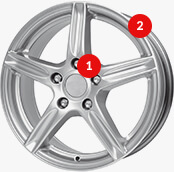

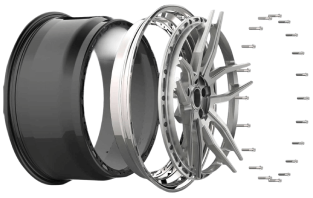
 Modern design
Modern design Perfect fit
Perfect fit High durability
High durability Free shipping within 24 hours
Free shipping within 24 hours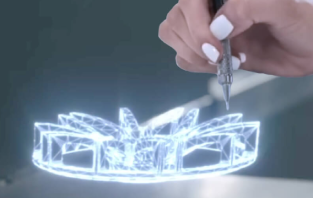
 Individual project
Individual project Dedicated caregiver
Dedicated caregiver

